September 30, 2025 • 20 min read
Customer Service Management: Strategies and Tools

Content Writer
September 30, 2025

Customer service management is the strategic orchestration where all of your customer-facing operations (think initial contact, etc.) come together. Think of all the people, tech, and processes that intersect to become your consistent and amazing customer experiences. 88% of customers rank customer service as their top factor, yet companies underestimate bad experiences by 38%.[*]
The disconnect creates a big headache for the unprepared and a wonderful opportunity for companies ready to seize on their rivals’ lack of foresight. This guide will walk you through everything you need to create a customer service management system that leads to tangible and measurable results.
What Is Customer Service Management?
Customer service management (CSM) is the complete framework that determines how organizations deliver support, cut to the heart of issues, and nurture customer relationships at all touchpoints. It is not the traditional reactive support model every company is familiar with. CSM needs a proactive and strategic approach to delivering services as it integrates tech, human knowledge, and data-driven insights to form a seamless CX that drives growth and projects a sense of loyalty.
CSM exceeds the standard simple problem-solving approach and goes for the predictive stance, where personalized customer experiences and continuous optimization happen based on your existing customer feedback and behavior patterns. Organizations that take customer satisfaction to heart grow, achieve better margins, and stronger profitability because they understand effective service management is tied to the bottom line. 64% of customers say they’ll jump ship to a competitor if they don’t perceive good customer service, don’t walk your own customers off the plank.[*]
Core Components of CSM
The best customer service management strategies lie in six strong points that come together to form your world-class customer experiences. Each of these components has a role in the big system, so be sure not to allow any of these to become a weakness.
Customer Interaction Oversight
This element manages all your touchpoints from initial contact to the after-sales process and needs a systematic tracking and optimization process. Success in this area would be ensuring that at least 70% of your customers who reached out via DMs on a social platform got a response, showcasing that you’re consistent in responsiveness as you manage an omnichannel customer experience.
Strategic Planning
A long-term strategy for service quality improvement will guide your organization in anticipating your customers' needs and allocating resources effectively. 70% of leaders in customer service are looking to deploy tech to tap into the customer’s voice and drive their service experiences, and that number is going to grow.[*]
Process Optimization
Efficient workflows need to allow for inquiries, complaints, and requests to not clog up the drains and make resolution times soar, as customers hate waiting. Companies that optimize processes say they see rises in quality customer experience KPIs and cuts to their costs.
Employee Empowerment
Tools, training, and a sweeping sense of urgency and better authority will enable your front-line teams to deliver exceptional customer service and cut down on issues quickly. Your agents can only form better CX when they find better satisfaction in their own jobs.
Data-Driven Tech Integration
CSM that combines sophisticated analytics with integrated tech platforms can take raw customer interactions and turn them into serious business intelligence that matters. It is said that anywhere from 60-70% of work can be automated via generative AI using existing technologies, which could free your agents to tackle the complex and high-value interactions while data systems handle the more rote work.[*]
Why CSM Is Critical for Business Success
The business impact of using well-made CSM is more than just satisfying your customers. Organizations need to invest in better CSM systems to see measurable improvements that allow companies to save resources while maximizing overall profit.
Revenue Protection and Growth
Poor service is a torpedo into your overall revenue stream. Companies will not only lose customers but also miss out on core upselling opportunities. For each 1% increase in First Contact Resolution (FCR), companies potentially get a 20% reduction in cost-to-serve ratios and a 15% rise in revenue.[*] This duality in impact makes service quality a direct revenue driver.
Cost Reduction Through Efficiency
Streamlined service operations deliver measurable cost reductions while improving customer outcomes. AI implementation in your CX streams can lead to a 66% reduction in data processing time and a 20% reduction in operational costs.[*] Studies show that contact centers that have adopted AI tech of all kinds can see a 33% reduction in operational costs. That's in addition to the companies using AI chatbots, who say they experience a 30% reduction in support costs.[*] These efficiency gains only compound over time, creating sustainable roads and even more competitive advantages.
Competitive Differentiation
The markets are only getting more saturated as more and more disruptors enter the fray for their slice of the pie. This is where service quality becomes a key differentiator. Companies with superior service command premium pricing and enjoy higher customer loyalty. Service excellence creates barriers to competitive switching.
Brand Reputation Management
Consistent service delivery fortifies your brand's namesake and enhances brand reputation. In the age of social media, service failures can quickly become public relations disasters, while exceptional service generates positive word-of-mouth marketing.
How to Build a Customer Service Management Framework
Building a fortified and robust CSM framework means adoption of a systematic approach and addressing current gaps while laying an actual foundation for future growth.
Step 1: Assess Current State
Start by mapping your existing service ecosystem, as you will need to keep tabs on all customer touchpoints. Yes, this means from your website contact form to social media interactions. Also, you're going to have to audit your current technology stack to understand what works and what's creating unwanted friction. Most organizations discover they have more touchpoints than they actually think they do, and many of these require leaving behind sticker shock to actually properly ensure these all get integrated.
Analyze key service metrics, including response times, resolution rates, and customer satisfaction scores on an omnichannel basis that leaves no stone unturned. Survey both customers and service team members because both will help you identify gaps between your blind spots in perception and reality. Businesses underestimate the number of times customers have poor experiences by an average of 38%, making this assessment critical for understanding your true starting point and transforming your customer experience.
Step 2: Define Service Strategy
You need to have some sort of a clear service vision that actually aligns with your big and broad business objectives. You will need to formulate specific service-level agreements (SLAs) that keep expectations for response times, resolution, reliability, and robust escalation procedures both attainable and attractive to customers. For example, "let's guarantee we resolve 80% of issues on first contact within 2 hours" provides some ideas for both teams and customers.
Design your customer experience and channel strategy with key considerations like customer preferences and business capabilities because these are your north stars. Some customers may just want to do phone support for complex issues, while others will demand quick answers via chat or more present self-service options. 81% of customers want more self-service, indicating the importance of multiple service channels working in harmony.[*]
Step 3: Design Service Processes
Create standardized workflows for common issues that manage to keep the ethos of maintaining flexibility for tougher situations. Building a comprehensive knowledge management system means you can get those consistent responses across all team members and keep customers happy. This system should keep in mind both internal procedures and customer-facing resources to ensure that all-around coverage is attainable.
Implementation of quality assurance frameworks ensures you keep an eye out for service delivery improvement and identify opportunities to tinker. Design feedback loops that capture customer input at all sorts of junctures and points in their journey, because just after issue resolution is not enough. Document all procedures and policies, and keep these clear and accessible to ensure consistent service delivery for all and any team members handling the interaction.
Step 4: Build Team Capabilities
Define roles and responsibilities clearly, because it's clear that every team member must get a grip on their contribution to overall service success. Create comprehensive training programs that manage to form both technical skills and the understated soft skills like empathy and active listening customers will come to expect. Establish and measure performance metrics and KPIs that allow you to recognize and harness individual success to get better customer outcomes.
Develop clear career development paths because your service team members want to know that they can grow within the organization. Foster a customer-centric culture through regular customer story relaying, feedback sessions, and rewards/recognition programs. Teams need to know and understand that their impact on customer success means better customer responses and easier lives on all ends.
Essential CSM Technology Stack
An effective CSM framework needs a tech stack that can address current gaps while working to build a foundation for the future growth you’ll expect as you scale up.
Core Service Platforms
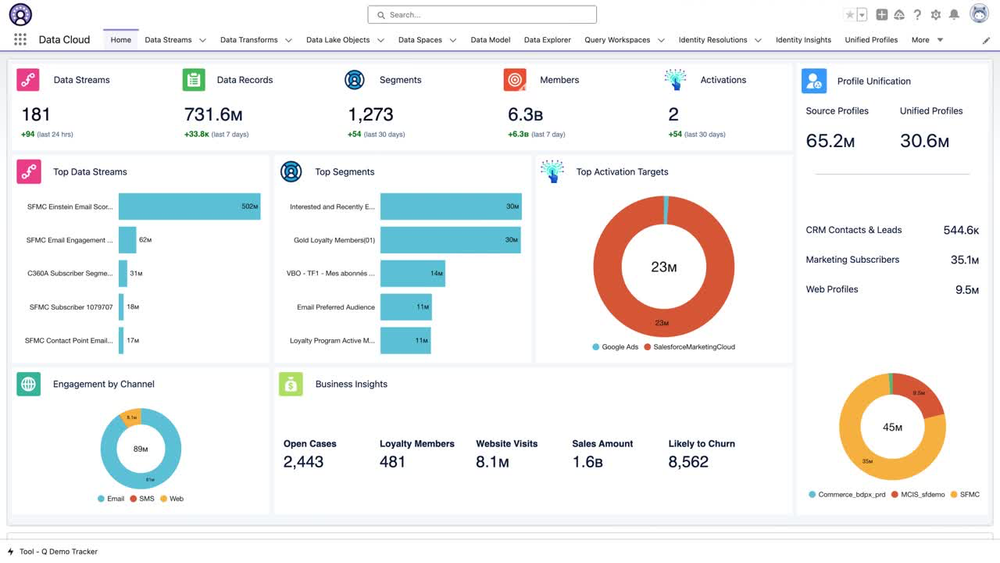
The foundation of any CSM system requires integrated platforms that work seamlessly together to provide comprehensive customer support capabilities and maintain complete interaction history across all touchpoints:
- Help Desk Software: Zendesk, Freshdesk, and ServiceNow provide ticket management, routing capabilities, and workflow automation that streamline case resolution and ensure no customer inquiry falls through the cracks
- CRM Systems: Salesforce Service Cloud, HubSpot, and Microsoft Dynamics maintain comprehensive customer histories, enable personalized service interactions, and integrate sales and support data for complete customer context
- Knowledge Base: Confluence, Help Scout, and Document360 ensure consistent information access across teams while providing customers with self-service options that reduce support volume and improve satisfaction
- Live Chat: Intercom, Drift, and LiveChat provide real-time customer engagement, immediate response capabilities, and seamless handoffs to human agents when complex issues arise
These platforms must integrate effectively to provide agents with complete customer context during every interaction, eliminating the frustration of repeated explanations and creating professional service experiences.
Automation and AI Tools
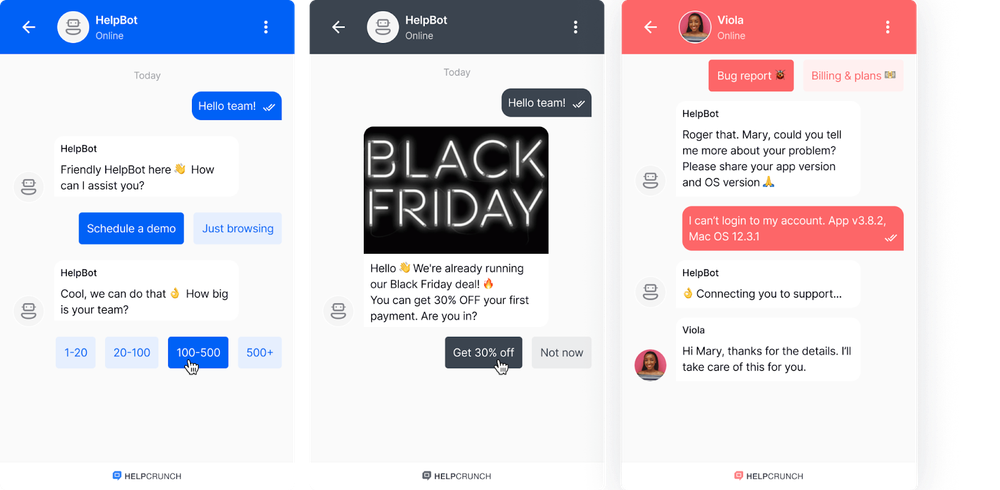
Intelligent automation handles routine tasks, improves service efficiency, and enables human agents to focus on complex, high-value customer interactions that require emotional intelligence and creative problem-solving:
- Chatbots: Answer routine queries 24/7, provide instant responses to common questions, and collect initial customer information before routing to human agents, reducing wait times and improving availability
- Ticket Routing: Automatic assignment based on agent expertise, workload balancing, and customer priority levels ensures the right issues reach the right people at the right time
- Sentiment Analysis: Prioritize urgent situations and upset customers by analyzing language patterns, escalating emotionally charged interactions, and flagging potential escalation risks before they become major problems
- Predictive Analytics: Anticipate customer needs before they contact support, identify potential churn risks, and proactively address issues based on usage patterns and historical data
79% of customer service professionals say AI and automation tools are important to their overall strategy, highlighting their growing importance in modern service operations that balance efficiency with personalization.[*]
Communication Channels
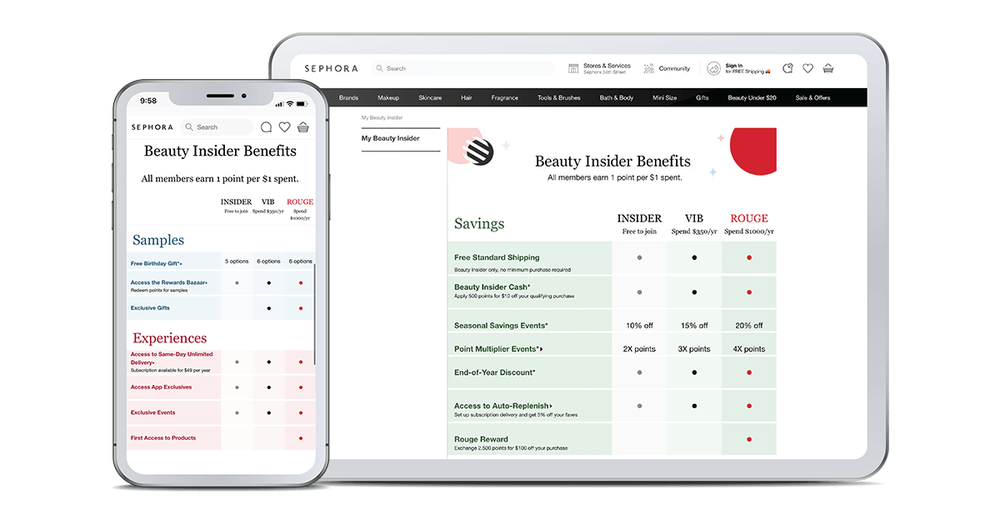
Modern customers expect seamless communication across multiple channels, with consistent service quality and context preservation that eliminates the need to repeat information or start conversations over:
- Omnichannel Platforms: Unified inbox systems consolidate customer communications from email, chat, social media, and phone into single agent interfaces, ensuring no messages are missed and all interactions are properly tracked
- Social Media Management: Sprout Social and Hootsuite enable monitoring and response across social platforms, turning public complaints into service opportunities while maintaining brand reputation
- Video Support: Zoom and Loom provide visual assistance for complex issues, screen sharing capabilities for technical problems, and face-to-face interactions that build stronger customer relationships
- Mobile Apps: On-the-go support access gives customers convenient self-service options, push notifications for status updates, and mobile-optimized interfaces that work seamlessly across devices
You will need to find a way to seamlessly transition between channels to manage conversation context, because customers hate feeling like they're starting over or explaining their situation multiple times.
Analytics and Reporting
Service analytics platforms transform raw customer interaction data into actionable insights that drive strategic decisions, identify improvement opportunities, and demonstrate the business value of service investments:
- Service Analytics: Track performance metrics across all channels, monitor resolution times and quality scores, and identify trends that inform staffing decisions and process improvements
- Customer Feedback: Survey and NPS tools capture satisfaction scores and detailed customer input, providing direct insight into service quality and areas needing attention
- Quality Management: Call recording and evaluation systems ensure consistent service delivery, identify coaching opportunities, and maintain service standards across all team members
- Dashboards: Real-time performance monitoring provides immediate visibility into service performance, enabling quick responses to emerging issues and data-driven decision making
Each of these tools transforms raw service information into actionable insights to ensure and build an engine of continuous improvement. All the while, they underscore clear connections between service quality and business outcomes.
Strategies for Service Excellence
You will need to hit the ground running using the following strategies to keep your service excellence at levels that customers see and appreciate:
Create Omnichannel Experience
Develop a unified customer view that looks well into each and all communication channels, as your ardent agents need complete context regardless of how customers contact you. The secret sauce is the seamless handoffs between channels so customers never repeat their stories. You will manage to maintain a sense of consistent service quality, whether your loyal customers want to get to you by phone, email, chat, or social media.
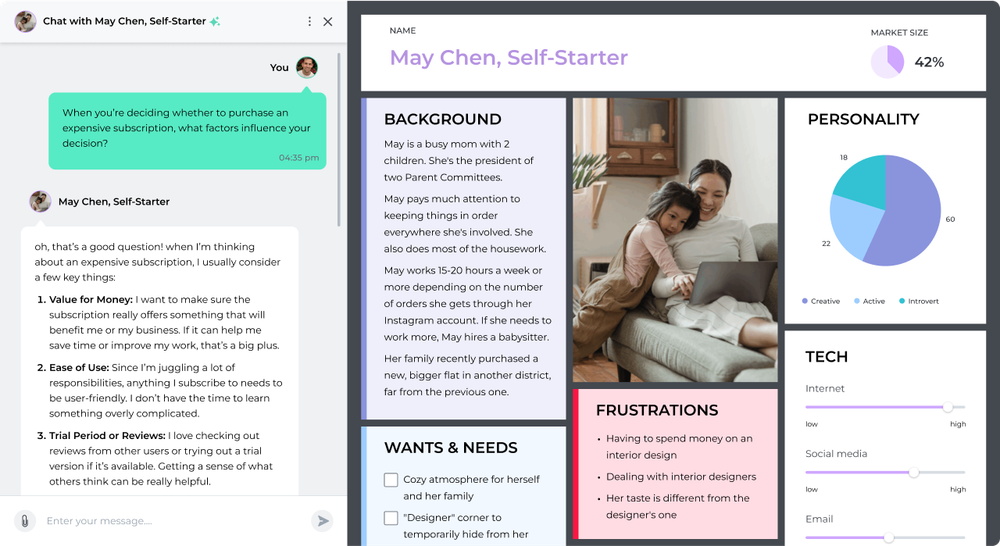
Context preservation across interactions means a customer who starts on chat and continues via email doesn't need to explain their situation again. This continuity demonstrates respect for customer time and creates professional, polished experiences that build confidence in your organization.
Implement Proactive Service
Move beyond reactive support by anticipating issues before customers contact you. Sending preemptive communications about known problems and actually providing status updates without being asked assuages customers at the bud. Be sure to offer help based on usage patterns and behavior analysis because it shows customers you "know" them.
Monitor your products and services for potential issues because it's better to reach out to these customers before they experience problems than afterward when they're emotional and fraught with conflict. A proactive approach typically results in a 20% reduction in inbound contacts, and doing so actually significantly improves your baseline customer satisfaction.[*] Customers want to see that the organizations they buy from are those that stay ahead of problems and genuinely care for their experience and success.
Personalize Every Interaction
Use customer history and preferences to tailor every interaction. Remember previous issues and their resolutions, customize communication styles to match customer preferences, and offer relevant solutions based on their specific profile and usage patterns. Personalized follow-up based on satisfaction scores shows customers their feedback matters.
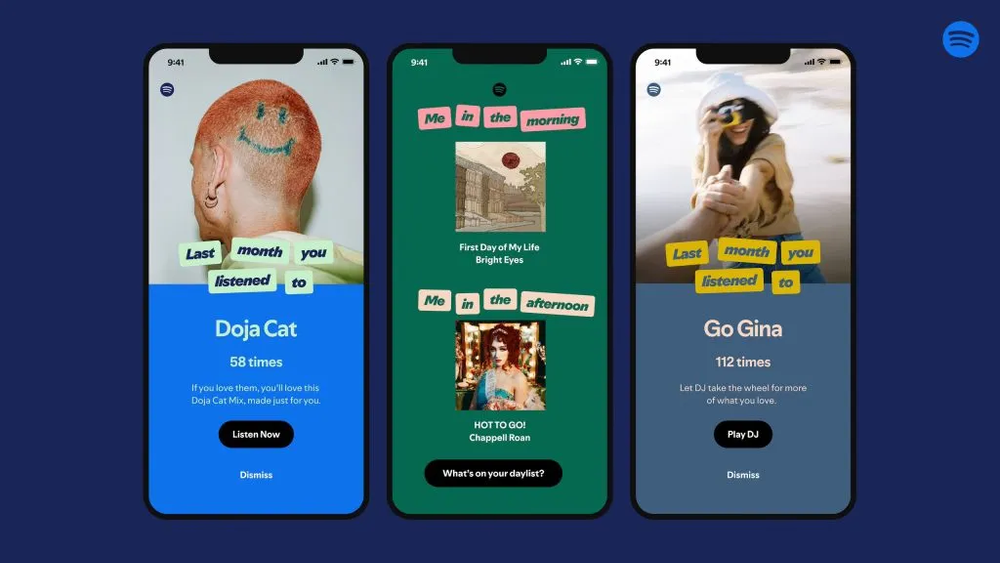
Almost 70% of businesses increased their personalization budgets just last year, which means they are en masse recognizing that personalized service creates stronger emotional connections and customer loyalty to die for.[*]
Empower Frontline Teams
Increasing decision-making authority for service agents means providing real-time access to customer information and solution databases and entrusting them with the power to make a difference. In doing so, you enable one-touch resolution for common issues that do not need higher-ups to chime in.
Remove unnecessary approval layers, as it's been shown that these slow down problem resolution and annoy both customers and agents in the process. Empowered agents resolve 15% more issues on first contact because they have the tools and authority to take immediate action.[*] This empowerment also improves job satisfaction and reduces agent turnover.
Building High-Performance Service Teams
Exceptional customer service and engaging CX hinges entirely on having the right people with the right skills, training, and support. In this section, we'll discuss some basic tenets for building your dream teams.
Recruitment and Training
Hire for empathy, nascent communication skills, and inherent cultural fit. Technical know-how can always be taught later; you want people who care and have customer interests in mind. Implement comprehensive two-week onboarding programs that manage to take in product knowledge, company culture, and service philosophy into digestible bites. This needs to be followed by ongoing skill development via regular training sessions, empowering members using certification programs, and refining the soft skills through workshops focused on cutting down frustrations and active listening.
Performance Management
Establishing clear KPIs aligned with customer outcomes is so much more effective than just using the standard efficiency metrics. Support this humane approach by giving regular coaching and quality assurance programs to emphasize customer satisfaction over beating call duration metrics. Create individual development plans and recognition programs because finding ways to commemorate both individual achievements and team successes reinforces behaviors that lead to excellent CX.
Employee Engagement
Conduct regular team meetings to relay critical feedback and foster a sense of community. Additionally, you should be providing visible and transparent career progression opportunities on top of transparent work-life balance initiatives to combat the brain-draining phenomenon known as burnout. Formulate your multiple feedback channels and wellness programs because a commitment to organizational employee wellbeing is best practice. The proof is in the pudding: engaged employees deliver 12% better customer satisfaction.[*] Investing in engagement is your slingshot to improved outcomes.
Measuring CSM Success
Measuring your CSM success means looking towards diverse but informative sets of metrics that touch on your customers, your operations, and your expectations for business impact. Below, we’ve carved out some core considerations:
Customer Metrics
Customer-focused metrics provide an eye-level look into service quality and satisfaction levels, helping organizations comprehend how they're meeting customer expectations and where improvements must happen:
- Satisfaction (CSAT): Post-interaction ratings that measure immediate customer response to specific service encounters, typically calculated as the percentage of satisfied responses on a 1-5 or 1-10 scale, with industry averages around 8.59 out of 10[*]
- Net Promoter Score (NPS): Loyalty indicator that measures customer willingness to recommend your organization, with scores above 0 indicating good performance and anything above 30 indicating excellent performance[*]
- Customer Effort Score (CES): Ease of resolution metric that tracks how much effort customers feel they invested in resolving their issues, with customers scoring 6-7 maintaining a 92% retention rate compared to only 41% for those scoring 1-2[*]
- Retention Rate: Customer longevity measurements that track how well your service quality maintains long-term relationships and prevents churn over time
Using NPS, CSAT, and CES together ensures a well-rounded understanding that addresses both strategic and operational needs, with each metric providing unique insights into different aspects of the customer experience.
Operational Metrics
Operational efficiency metrics track how well your service system performs internally, measuring speed, quality, and resource utilization to identify bottlenecks and optimization opportunities:
- First Contact Resolution (FCR): Target 70-75% for most organizations, measuring how often issues get resolved without follow-up contact, with research showing that a 1% improvement equals $286,000 in annual operational savings for the average midsize call center[*]
- Average Handle Time (AHT): Balance speed with quality metrics that measure interaction duration while ensuring thorough problem resolution, optimizing efficiency without compromising customer satisfaction
- Response Time: Channel-specific and priority-based timing standards that set expectations for initial contact acknowledgment, with urgent issues receiving faster attention than routine inquiries
- Ticket Volume: Trends and patterns analysis that helps predict staffing needs, identify seasonal fluctuations, and understand customer behavior changes over time
- Escalation Rate: Should remain below 10% to indicate effective front-line problem resolution and proper agent training, with higher rates suggesting process or knowledge gaps
Studies say that the industry benchmark average for FCR is around 70%, though this can vary widely from company to company based on complexity and industry.[*]
Business Impact Metrics
Business metrics connect service performance directly to organizational success, demonstrating the financial value of customer service investments and their impact on growth:
- Cost per Contact: Efficiency measure that tracks the total cost of handling customer interactions, including technology, staff, and overhead expenses, helping optimize resource allocation and justify service investments
- Revenue per Customer: Growth indicator that measures how service quality affects customer spending patterns, upselling success rates, and overall account expansion opportunities
- Customer Lifetime Value: Long-term impact measurement that shows how service quality affects total customer value over their entire relationship with your organization
- Word-of-Mouth: Referral generation tracking that measures organic marketing value from satisfied customers, including social media mentions, review scores, and direct referrals
- Competitive Win Rate: Service as differentiator metric that tracks how often superior service quality influences purchasing decisions against competitors and retains at-risk accounts
Business impact metrics showcase and highlight undeniable connections between service quality and organizational success, with good customer experience driving revenue by as much as 84% while helping justify continued investment in service excellence initiatives.[*]
Creating Your CSM Dashboard
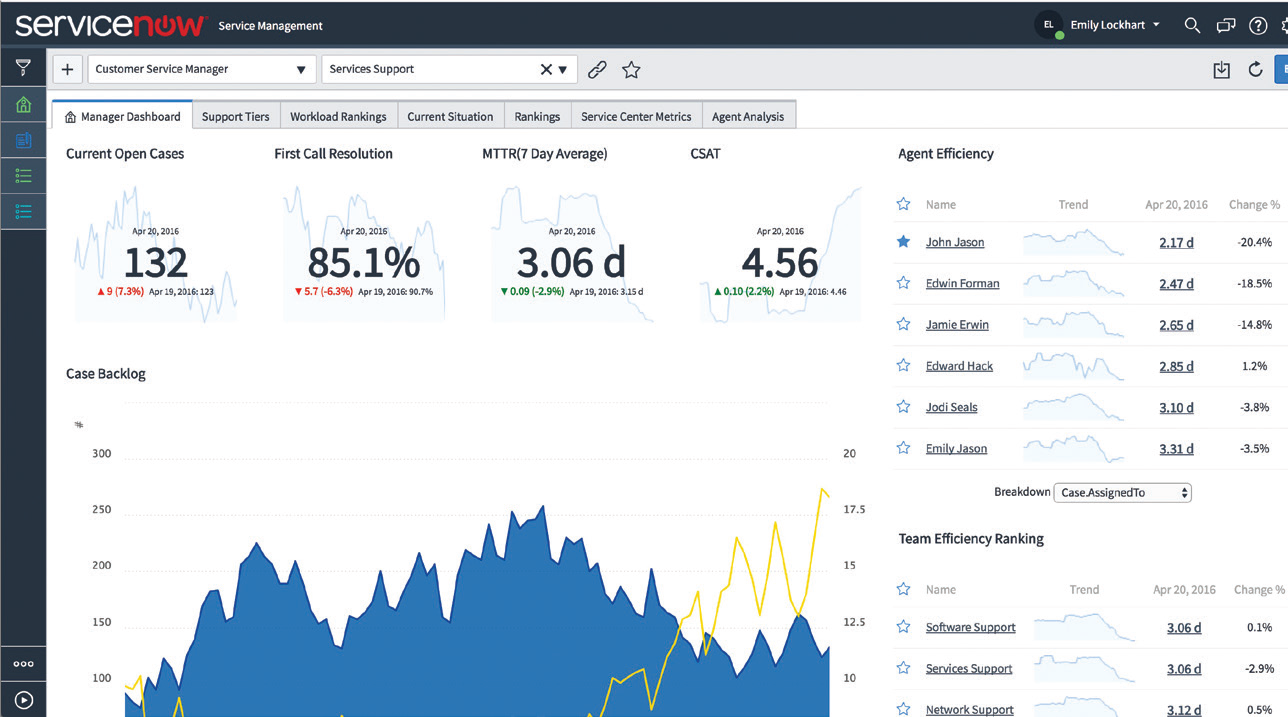
Building a smart CSM dashboard means you provide real-time performance indicators across all key metrics. It also means getting with it in terms of trend analysis, showing performance changes over time. Be sure to include both individual and team performance data, as these in tandem are said to identify coaching opportunities and mark where to celebrate successes. Integration of customer feedback directly into dashboards allows your teams to see their magic work for the customers.
Design alerts for situations requiring immediate attention, which can be as pertinent as service level breaches or as broad as customer satisfaction drops. Your CSM dashboards need to provide actionable insights to help managers make informed decisions at a snap; they aren't just there to be pretty.
Customer Service Management Best Practices
Implementing these best practices means accelerating your CSM success by taking into account common pitfalls and the fundamental charms behind a well-oiled machine.
Foster Customer-Centric Culture
Leadership sets the tone here because it's common knowledge to see that executives who openly share customer feedback in all-hands meetings and make decisions with customer impact lead from the top down. Teams follow suit and make customer stories part of regular team discussions, celebrating service wins publicly. This works to ensure everyone from accounting to product development grasps the stark reality that their work affects CX. The best service-oriented work cultures see it so that customer success becomes everyone's job.
Continuous Improvement
Service audits should happen quarterly because annually is just never enough these days. Update customer journey maps whenever you launch new products or notice behavior shifts because you need to see the ground you're running on. Run focused process optimization sprints targeting those pesky and ardent pain points rather than trying to fix everything in one shot.

It is not a one-size-fits-all world anymore. Evaluate your technology stack regularly and benchmark against competitors because, as Steve Jobs once put it, "smart companies steal good ideas from other industries," and those that succeed are those who adapt them to their context.
Innovation and Adaptation
Test new service channels before your customers demand them. Pilot emerging technologies like AI voice assistants or AR support tools in controlled environments. Experimentation with different service models also means being willing to kill darlings and put the customers first. Customer expectations shift so fast and so sporadically that most companies can adapt. Companies winning on service today are the ones who put in the guesswork into exactly what customers would want tomorrow and perhaps years down the line.
Transform Your Service into Your Competitive Advantage
CSM is the strategic differentiator that directly touches on your revenue, costs, and overall market position. Organizations need to take on CSM in a systematic manner that takes the right mix of people, tech, and processes to create a compounding force of good and change that raises the bar. The frameworks we discussed are a roadmap, but you will need to consistently execute and measure to ensure you meet customer needs.
FAQs
Customer service is the actual interaction with customers, while customer service management is the strategic framework that governs how those interactions happen.
Industry benchmarks suggest 2-5% of revenue, but the right investment depends on your customer acquisition costs and lifetime value.
First contact resolution, customer satisfaction scores, and cost per contact provide the best combination of customer and business insights.
Most companies see initial benefits within 60-90 days and positive ROI within 8-14 months.
Keep customer service in-house for complex products or high-value customers, outsource for routine inquiries with proper quality controls.
Use automation for routine tasks and information gathering, reserve human interaction for complex problems and emotional situations.